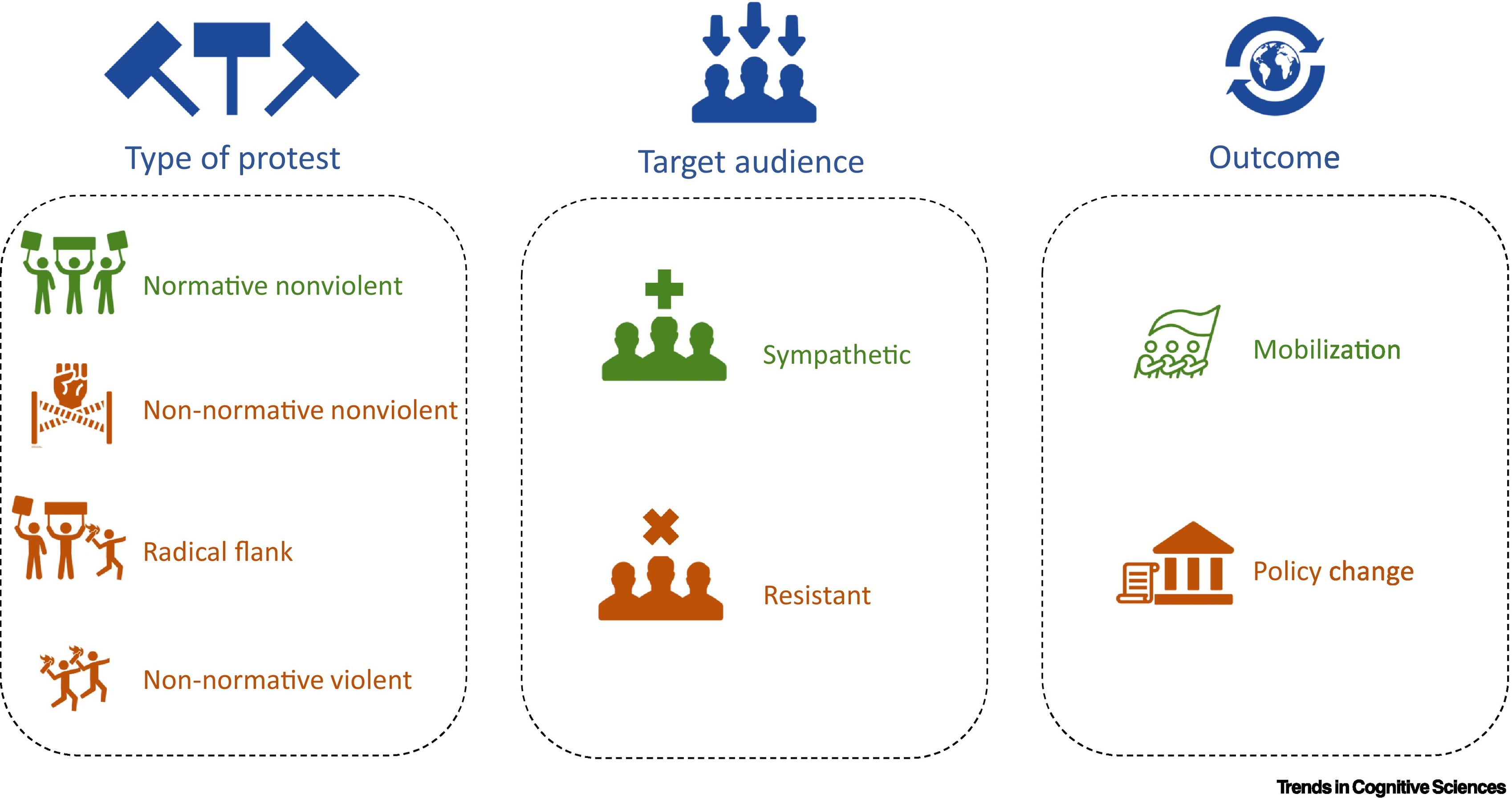7667766266
enquiry@shankarias.in
A global study stated that protests are increasingly seen as a way to express disagreement or a lack of faith in institutions.

The International Day of Non-Violence is observed on 2 October, the birthday of Mahatma Gandhi, leader of the Indian independence movement and pioneer of the philosophy and strategy of non-violence.
References